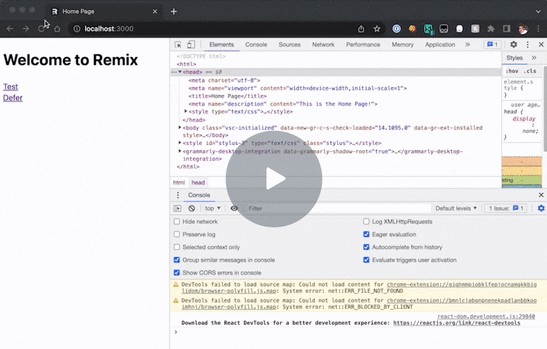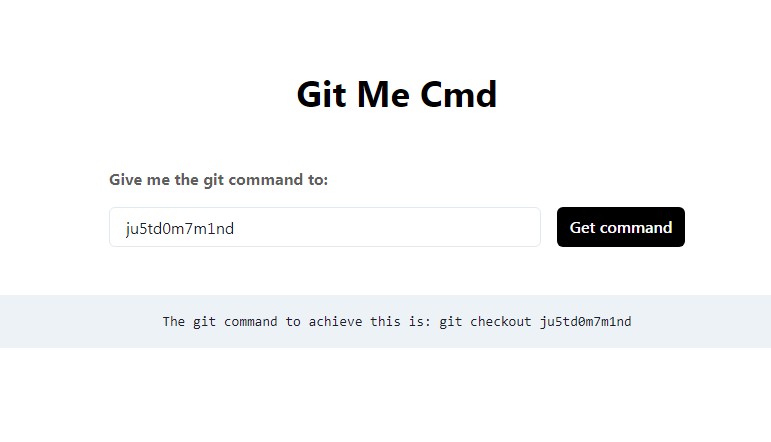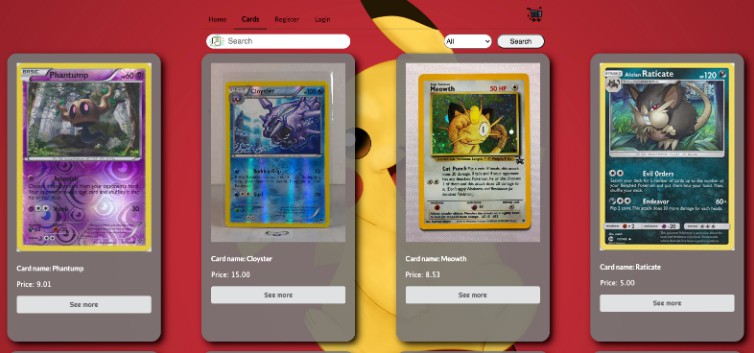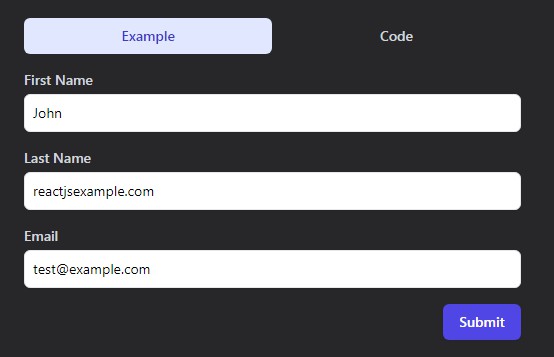Remix Hydration Fix
One of the main selling points of Remix is that you own the entire HTML document. This is both a blessing and a curse. On one hand, you have complete control of your rendered document.
🤦♂️ Hydration Fail
However, The Internet doesn’t care about your app. Many users typically have browser extensions that inject scripts, styles, or random elements into the DOM. When Remix tries to hydrate the client, there is a mismatch between what was server-rendered and what was rendered on the client.
A big problem with how React 18 works is that if client hydration fails, it will
throw away your nicely rendered HTML and start over client rendering. This will
cause things like defer (streaming) to fail.
💡 Solution
Frameworks before Remix worked around this by hydrating a <div> inside the
<body>, so extensions typically wouldn’t affect your app.
So to work around this hydration issue, we split up your app into two parts.
The <Head> part and the rest of your app (that will be rendered in a <div id="root"/>).
root.tsx
The initial template had root.tsx route export a default function that rendered everything,
from <html> to <head> to <body>. Since this is what is causing hydration errors,
we need to split that up into two parts. The <Head> component is what is rendered
inside the <head> element. Do not include the <head> element, as that will be rendered
automatically from entry.server.tsx.
The default export will be rendered inside <body><div id="root"/></body>. Again,
this is to work around hydration issues. Nothing should directly modify the contents
of the root div.
You’ll notice that the default export also renders the <Head> component. This is so
changes to meta and links will be updated as the user navigates. We need this
<Head> to be rendered in the same context as your app. The previous <Head> was
rendered as plain text, so React isn’t hooked up to it.
When rendering the <Head> there are two things to deal with.
- The
<Head>component needs to be rendered where the actual<head>is, not the rootdiv. So we use a React portal here, to tell React where to render. - We need to wait until hydration is completed before we re-render the
<Head>, otherwise it will defeat the purpose of our hydration fix and we’ll get the errors again. So we wrap that in<ClientOnly>from remix-utils
// root.tsx
export function Head() {
return (
<>
<Meta />
<Links />
</>
);
}
export default function App() {
return (
<>
<ClientOnly>{() => createPortal(<Head />, document.head)}</ClientOnly>
<Outlet />
<ScrollRestoration />
<Scripts />
<LiveReload />
</>
);
}
entry.server.tsx
When server rendering, we want to send the <head> as static HTML, not
part of the app render. We need to render the <Head> export as string, then stream
the rest of the app to the client.
Notice how we wrap the contents in <!--start head--><!--end head--> comments. This
will be needed during hydration.
<RemixServer> wants to render the default export of root.tsx. So we trick
Remix by swapping out the default with Head. Render that as string and write it
to the stream (including the <html> tag).
Finally we switch back the default and render the app to the stream.
// entry.server.tsx
function handleBrowserRequest(
request: Request,
responseStatusCode: number,
responseHeaders: Headers,
remixContext: EntryContext
) {
// swap out default component with <Head>
const defaultRoot = remixContext.routeModules.root;
remixContext.routeModules.root = {
...defaultRoot,
default: Head,
};
let head = renderToString(
<RemixServer context={remixContext} url={request.url} />
);
// restore the default root component
remixContext.routeModules.root = defaultRoot;
return new Promise((resolve, reject) => {
let didError = false;
const { pipe, abort } = renderToPipeableStream(
<RemixServer context={remixContext} url={request.url} />,
{
onShellReady() {
const body = new PassThrough();
responseHeaders.set("Content-Type", "text/html");
resolve(
new Response(body, {
headers: responseHeaders,
status: didError ? 500 : responseStatusCode,
})
);
body.write(
`<!DOCTYPE html><html><head><!--start head-->${head}<!--end head--></head><body><div id="root">`
);
pipe(body);
body.write(`</div></body></html>`);
},
onShellError(err: unknown) {
reject(err);
},
onError(error: unknown) {
didError = true;
console.error(error);
},
}
);
setTimeout(abort, ABORT_DELAY);
});
}
entry.client.tsx
Once the HTML has been rendered and the browser is ready, we want to hydrate our
app on the client. At this point, we have a <head> that is not part of the Remix
context, and we are rendering the default export into our root div.
Since <Head> is wrapped in <ClientOnly>, it will not re-render until after
hydration. At this point, we want to remove the server rendered <Head>. Otherwise
we’ll end up with duplicates, since React won’t replace the existing content. That
is why the HTML comments are there. They’re just placeholders so we can remove the previously rendered <Head>.
Once the client is hydrated and the static <Head> is removed, the <ClientOnly>
component will re-render and the new <Head> will render in the React portal under
the correct Remix context.
And there you go. No more hydration errors 🥳.
function hydrate() {
startTransition(() => {
// @ts-expect-error
hydrateRoot(document.getElementById("root"), <RemixApp />);
// since <Head> is wrapped in <ClientOnly> it will
// not render until after hydration
// so we need to remove the server rendered head
// in preparation for the client side render
document.head.innerHTML = document.head.innerHTML.replace(
/<!--start head-->.+<!--end head-->/,
""
);
});
}
function RemixApp() {
return (
<StrictMode>
<RemixBrowser />
</StrictMode>
);
}
if (typeof requestIdleCallback === "function") {
requestIdleCallback(hydrate);
} else {
// Safari doesn't support requestIdleCallback
// https://caniuse.com/requestidlecallback
setTimeout(hydrate, 1);
}






